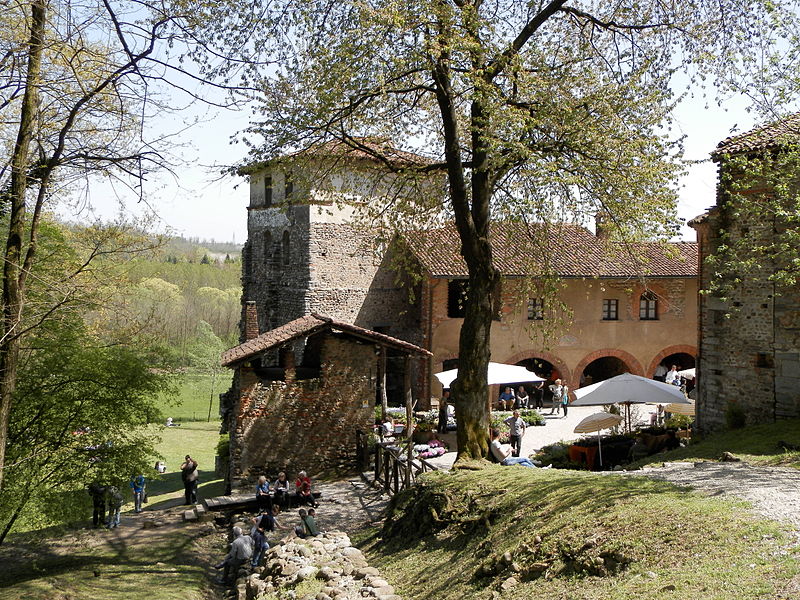Torba Abbey


Facts and practical information
Nestled in the serene landscape of Northern Italy, Torba Abbey stands as a testament to monastic life and historical architecture. This ancient monastery, dating back to the late Roman period, is a site of cultural and religious significance. Originally built as a military tower in the 5th century, it was later converted into a monastery by Benedictine nuns in the 8th century.
Torba Abbey is renowned for its unique blend of architectural styles, reflecting the various periods it has survived through. Its stone walls and structures exhibit traces of the Lombard period, and the frescoes inside the chapel are a vivid narrative of medieval religious art. These frescoes, some of which date back to the 11th century, depict scenes from the Old and New Testaments, providing insight into the iconography of the time.
The monastery has been preserved through the efforts of the Italian Environmental Fund (FAI), which has worked to maintain the integrity of the site while allowing visitors to explore its historical richness. The Abbey is not only a place of contemplation but also a center for cultural activities and events that celebrate the region's heritage.
Torba Abbey's tranquil surroundings, with its lush gardens and proximity to the Olona river, offer a peaceful retreat from the hustle and bustle of modern life. Visitors can take guided tours to learn about the Abbey's history and the daily life of the nuns who once resided there.
Torba Abbey – popular in the area (distance from the attraction)
Nearby attractions include: Museo Fisogni, Castelseprio, Palazzo Branda Castiglioni, Church of Sant'Ambrogio.











